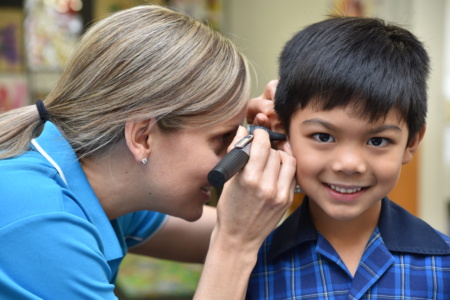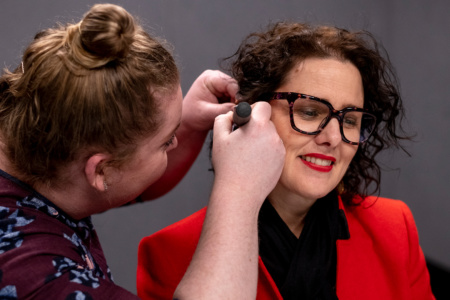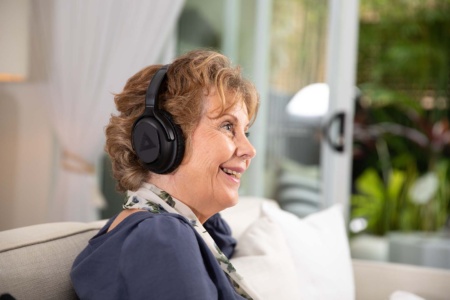Unilateral hearing loss is when someone experiences hearing loss in one ear only. Generally speaking, if unilateral hearing loss is severe-to-profound, it can also be referred to as single-sided deafness.
The degree of unilateral hearing loss can range from mild to profound. Causes can include genetic disorders, viral infections, trauma or when a someone is born with specific ear abnormalities (for example, microtia and atresia). In many cases, the reason for unilateral hearing loss unknown.
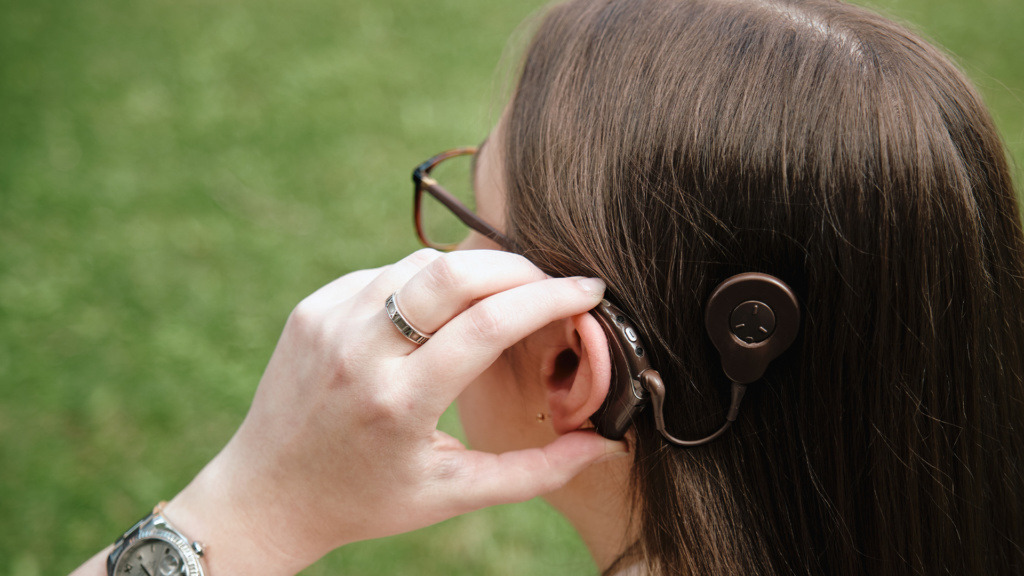
How common is unilateral hearing loss in Australia?
Unilateral hearing loss can occur in both children and adults. If a baby has hearing loss at birth it is diagnosed though the newborn hearing screening. As children get older, it is also possible for them to develop hearing loss, with the instances of hearing loss doubling by the time they reach school age. It’s also possible for adults to develop hearing loss, this might be a result of noise induced hearing loss, injury, or illness.
What are the symptoms of unilateral hearing loss?
The signs and symptoms of unilateral hearing loss include:
- Favouring one ear when having conversations or talking on the phone
- Often asking others to repeat what they’ve said
- Feeling tired at the end of the day, likely from straining to listen
- Struggling to work out the direction sound is coming from (localisation)
- Have ringing in one ear (tinnitus)
- Participate less in social situations
- Struggling to understand speech in noisy environments
What causes unilateral hearing loss?
Unilateral hearing loss can be caused by a number of factors including:
- Genetics
- Accident, trauma or head injury
- Viral or bacterial infections
- Illness during pregnancy (e.g. cytomegalovirus)
- Microtia and atresia
- Ménière’s disease
- Mastoiditis
- Excessive noise exposure
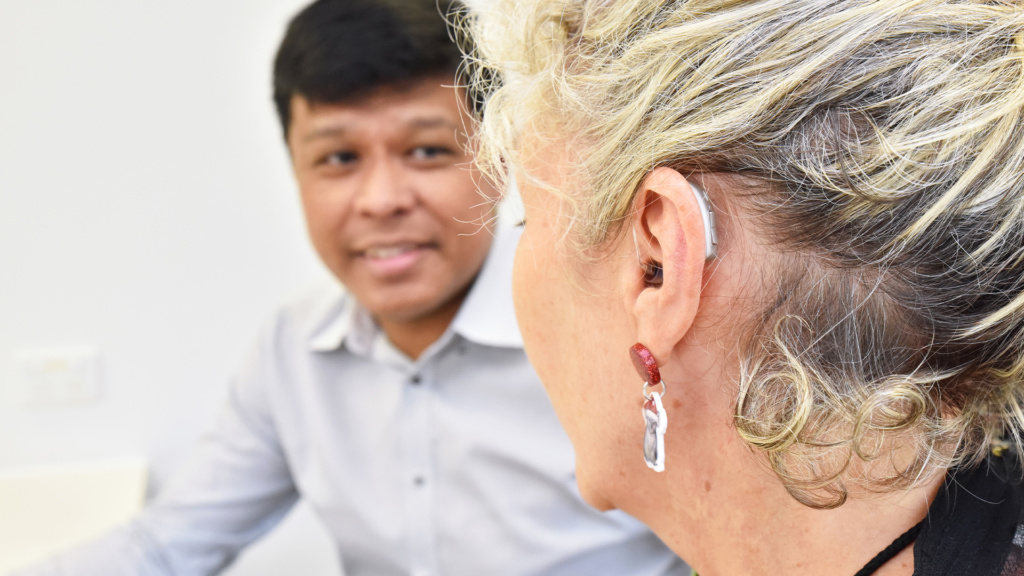
What is the impact of unilateral hearing loss?
If unilateral hearing loss is left untreated, it has the potential to impact people’s speech and language, social and emotional wellbeing and educational progress in both children and young adults.

People may have difficulty with:
Sound localisation: the ability to find where a sound is coming from. Sound will appear louder when closer to the better hearing ear. Sounds coming from a variety of directions may also be hard to locate, for example, when a child is playing in a playground or listening to peers in a classroom or in a noisy cafe.
Hearing speech in background noise: someone with unilateral or single-sided deafness will be better able to pick up speech if it’s directed to their better-hearing ear. Separating speech from background noise can be difficult especially hearing in a classroom or a restaurant.
Hearing from a distance: struggling to hear and understand people if they are standing at a distance, for example a farmer or construction working might find it challenging to hearing instructions if the person they’re talking to is not immediately next to them.
How is unilateral hearing loss diagnosed?
Unilateral hearing loss is diagnosed with a hearing test. They type of hearing test can range depending on the age of the person.
For newborn babies they are often diagnosed through the universal newborn hearing screening. If a baby is referred for further testing for one ear, an appointment with an audiologist is made within six weeks. The audiologist will then conduct an auditory brainstem response (ABR) test. This assessment is painless and is conducted while the baby is asleep.
For toddlers and young children, behavioural hearing tests are often used to diagnose hearing loss.
For anyone older children and adults hearing tests take about 60 to 90 minutes and involve a series of non-invasive assessments.
Can unilateral hearing loss be corrected?
For some people their hearing loss is temporary, however often unilateral hearing loss is permanent. Hearing technology, such as hearing aids and cochlear implants, can help correct hearing loss and provide improved access to sound.
What can be done to treat unilateral hearing loss?
Hearing technology, such as hearing aids or cochlear implants, can often improve hearing. The severity of the hearing loss and lifestyle of the individual will help determine what device is best.
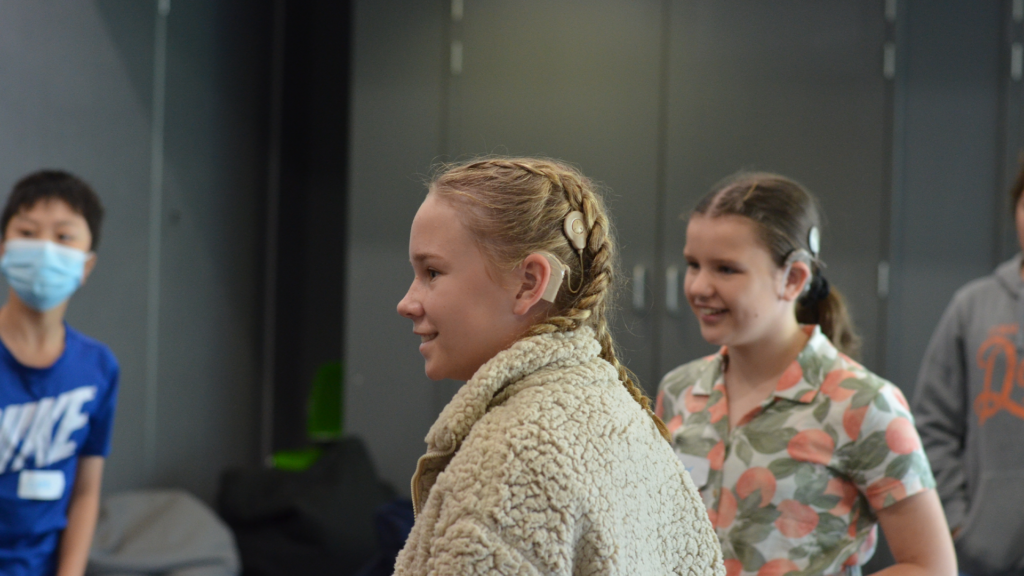
Hearing aids
Hearing aids are a common technology used to treat hearing loss. Hearing aids amplify existing hearing and, when worn consistently, can help prevent further deterioration of hearing by keeping the brain's auditory pathways stimulated. In the case of unilateral hearing loss, the hearing aid would only be worn on the poorer-hearing ear. Potential hearing aid options include traditional behind-the-ear; contralateral routing of signal (CROS); and bone conduction models.
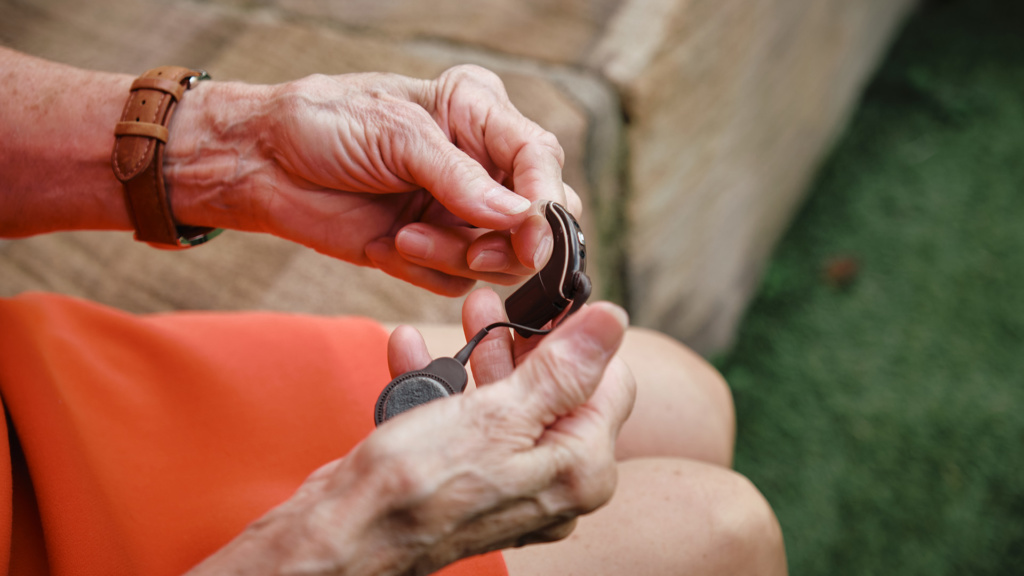
Cochlear implants
Implantable technologies, such as a cochlear implant, are suitable for people with permanent, severe to profound unilateral hearing loss. Through surgery, a cochlear implant is implanted – bypassing the normal hearing process. A cochlear implant performs the function of the inner ear by converting sounds to electric signals that stimulate the auditory nerve.
Use of a wireless communication device (WCD) system in the better hearing ear
Working with hearing aids or cochlear implants, wireless communication device systems improve understanding of speech in noisy environments by transmitting the speech signal directly to the better hearing ear, via a remote microphone used by whoever is speaking.
Early Intervention
Early intervention and support from a team of specialists, including audiologists, speech pathologists and ENT surgeons, can help the person with hearing loss to hear and speak to the best of their ability. These professionals work together to help ensure they can reach their full potential. Seeking support as soon as possible is vital to achieving the best possible outcomes.
We’re here to help. Book a hearing test or speech and language assessment for your child.
Get in touch


